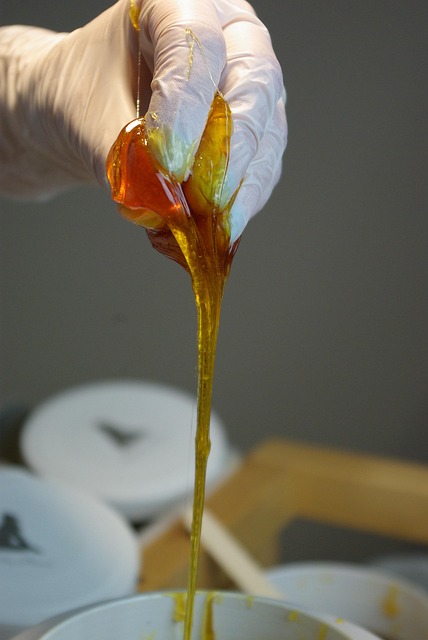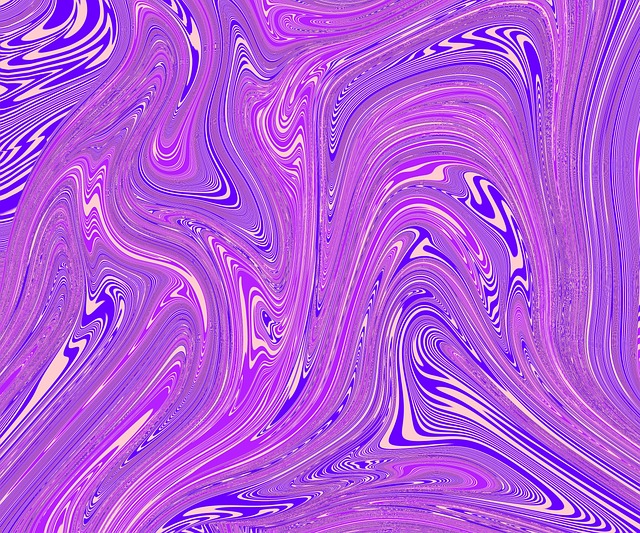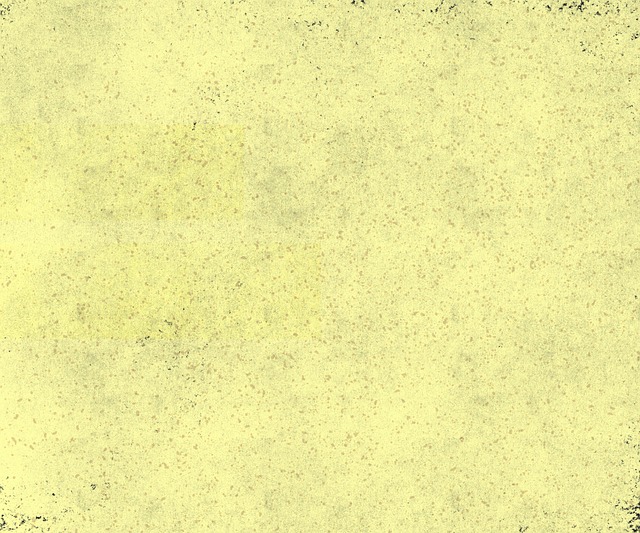Understanding stain causes empowers effective removal using tools like vinegar, baking soda, and lemon juice. Identify stain types, act swiftly, and choose appropriate cleaning agents for better results. Prevent recurrence through regular cleaning, maintenance, and stain-resistant treatments for long-lasting cleanliness. DIY techniques with household items save costs while efficiently tackling common stains without harsh chemicals.
“Discover effective and affordable stain removal techniques to keep your home spotless. This comprehensive guide tackles common stains, offering insights into their causes and natural solutions. Learn essential tools and budget-friendly cleaning methods for various types of stains. From understanding dye molecules to DIY concoctions, we provide a step-by-step approach. Preventative measures and time-saving tips ensure efficient stain removal, leaving your fabrics and surfaces refreshed. Embrace a stain-free lifestyle with these powerful yet affordable techniques.”
Understanding Common Stains and Their Causes

Understanding common stains and their causes is the first step in effective stain removal. Everyday activities, from cooking to outdoor adventures, leave behind a variety of marks on our furniture and clothing. For instance, spills from coffee, wine, or grease can quickly become stubborn stains if not treated promptly. Similarly, dirt and grime accumulated over time, especially in high-traffic areas, contribute to tough-to-remove deposits.
Each stain has its unique origin, making it crucial to identify the specific cause before attempting removal. Accurate recognition allows for the selection of the right cleaning agents and techniques, ensuring optimal results without damaging fabrics or surfaces. Whether it’s a fresh spill or an old, set-in stain, proper understanding paves the way for effective stain removal strategies.
Essential Tools and Materials for Stain Removal

When tackling stains, having the right tools and materials is essential for effective stain removal. Start with a good quality cleaning solution suitable for the fabric or surface type. White vinegar, baking soda, and lemon juice are natural, affordable options known for their powerful cleaning properties. A sturdy brush or cloth, along with warm water, can help agitate and lift stubborn stains. For tough marks, consider using an old toothpaste (gel-based varieties work best) or a commercial stain remover.
Don’t overlook protective gear, especially when dealing with chemicals. Gloves and a face mask are valuable additions to your cleaning kit, ensuring safety during the stain removal process. Additionally, have a variety of brushes on hand—both stiff and soft—for different fabric textures and stains. These simple yet effective tools empower you to tackle various cleaning challenges, making stain removal efficient and affordable.
Natural and Budget-Friendly Cleaning Solutions

When it comes to stain removal, natural and budget-friendly cleaning solutions can be a game-changer for your wallet and the environment. Common household items like baking soda, vinegar, and lemon juice are powerful stain fighters that cost next to nothing. Baking soda’s abrasiveness works wonders on stubborn stains, while white vinegar’s acidic properties cut through grease and grime. Lemon juice acts as a natural bleach, effectively removing stains without harsh chemicals.
These simple ingredients can be mixed to create effective cleaning agents for various surfaces, from carpets to clothing. For example, a mixture of baking soda and vinegar can clean and deodorize your kitchen while lemon juice can brighten and refresh your laundry. Not only are these solutions cost-effective, but they’re also eco-friendly and safe for use around children and pets, making them ideal choices for those looking to reduce their reliance on commercial cleaning products.
Step-by-Step Guide to Removing Different Types of Stains

Removing stains doesn’t have to be complicated or costly. Here’s a step-by-step guide for tackling common stain removal challenges. First, identify the type of stain – whether it’s from coffee, ink, wine, or grease – as this dictates your approach. Next, act quickly; fresh stains are easier to lift.
For liquid spills, blot the surface immediately with a clean cloth or paper towel to absorb as much as possible. Then, rinse the affected area with cold water. For dried stains, gently scrape off any solid residue before proceeding. Apply a suitable cleaner – white vinegar for natural oils and grease, baking soda for tough, organic stains – and let it sit for a few minutes. Gently scrub with a soft-bristled brush or cloth, then rinse thoroughly and dry.
Preventing Stains from Reappearing

Preventing stains from reappearing is a key aspect of effective stain removal. Once a stain is gone, it’s crucial to take measures to ensure it doesn’t return. This involves regular cleaning and maintenance of the affected area. Use stain-resistant treatments for carpets and upholstery, which can create a protective barrier against future spills and dirt. Regularly vacuuming and deep cleaning will help remove any embedded debris or dirt that could cause stains to reappear.
In addition to proactive cleaning, understanding the source of the stain is vital. Different types of stains require specific removal methods. Identifying the initial cause, whether it’s a food spill, pet accident, or ink leak, can guide you in choosing the right products and techniques for long-lasting stain-free results.
Tips and Tricks for Efficient Stain Removal at Home

When it comes to stain removal, there are numerous DIY tricks that can help you tackle common household stains efficiently and at a fraction of the cost of commercial products. One of the most effective methods is acting fast. The quicker you treat a stain, the better your chances of removing it completely. Start by blotting the area gently with a clean cloth or paper towel to absorb as much of the liquid or solid residue as possible. Avoid rubbing, which can spread the stain further.
Another tip worth noting is using everyday household items for stain removal. For instance, baking soda and vinegar are powerful cleaning agents that can cut through various stains. Create a paste with baking soda and water and apply it to stubborn marks on carpets or upholstery. Let it sit for a few minutes before scrubbing gently and vacuuming afterwards. Similarly, white vinegar mixed with warm water can be used to clean grease or grime from surfaces like ovens, sinks, or even glass windows.
